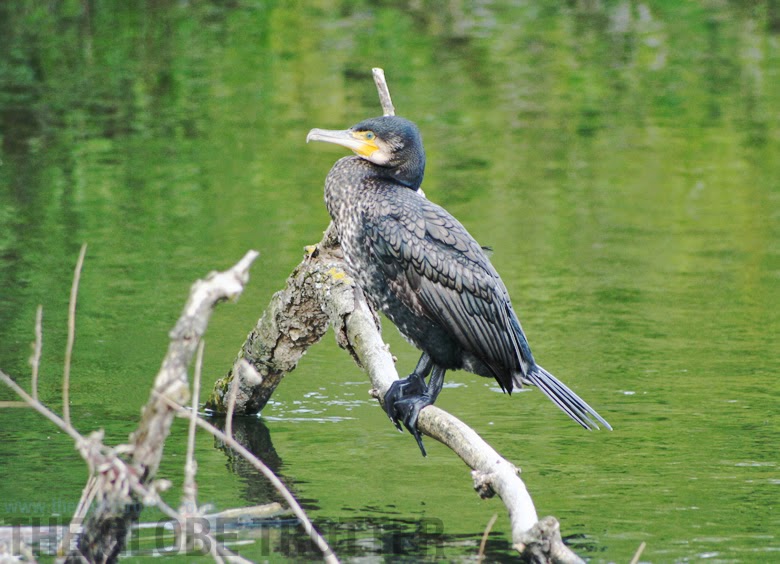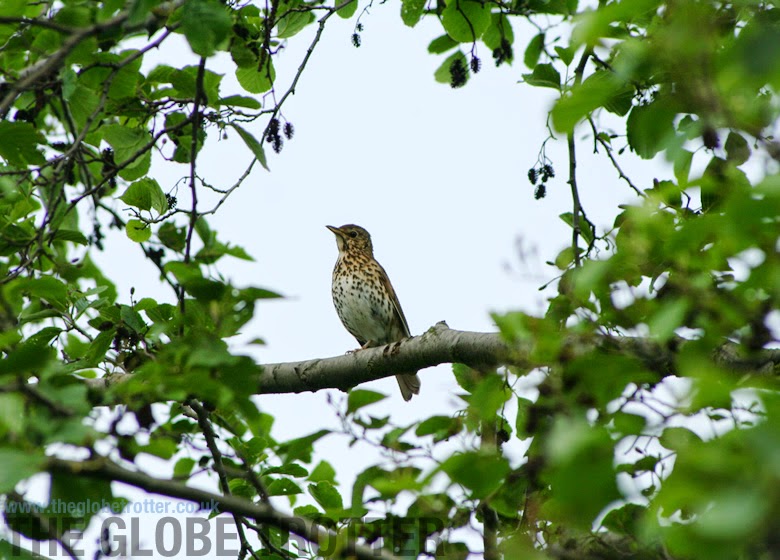What to wear while birding?
Birding or bird watching is a popular recreational hobby that can be enjoyed by all ages, either individually or as a family activity. Personally, I feel that bird watching is also a great way to exercise as one is required to go for long walks, sometimes over uneven terrain. Birding is a fun activity but equally challenging and educational as well. You get to learn about different species of birds, about their behaviour and their migration patterns among other things. It improves one's observation skills as well as building patience levels. I enjoy birding and combine it with photography(another hobby of mine) and these two work so well together. Here are some of the birds that I photographed recently.
I often get asked what clothing I wear while bird watching. While you can dress in any kind of clothes and spot birds, there are certain factors that you could consider while choosing what to wear when out birding.
1. Colour: The rule here is quite simple. Choose colours that blend with the habitat you are visiting. For e.g. if you are birding in grasslands opt for green and if you are in woodlands go for brown clothing. In general, I prefer to wear shades of green, brown, grey or any other subdued colours as these blend well with most bird habitats. Avoid white or any other bright colours that draw attention to you.
2. Comfort: I always pick clothes that are comfortable and lightweight as birding requires you to spend considerable time in the field. Clothes that are not restrictive are always preferred. Also, bear in mind that certain types of material (e.g. nylon) tend to create noise when you move, so should be avoided.
3. Surroundings: The choice of clothes also depends on where/when you plan to do your bird watching. Winters require thermal clothing, while wetlands necessitate waterproof clothes. Usually, when out in grasslands or forests I prefer to wear long sleeved tees and trousers as these not only keep the insects away but also protect from sun exposure. It is also a good idea to carry a lightweight poncho with you always irrespective of the weather.
4. Accessories: It is good to wear a hat when out bird watching as this is the best way to hide your face and eyes from the birds. Just as animals fear predators, even birds keep a lookout for eyes staring at them. A hat will help cover your face and head while also offering protection from the Sun.
5. Functional: You can carry all your birding stuff either in a field bag or opt for a functional field vest. Field vests usually have all the pockets you could need. You can easily store your binoculars, camera, bird identification guide, spare batteries and snacks in one of the many pockets provided in the vest.
So, that's my guide on what to wear during bird watching. Apart from wearing the right clothing, you also need to have lots of patience and perseverance. While out birding, be wary of your movements - no sudden jerks or fast movements as these are sure to scare the bird away. If you are a beginner and would like to get started with bird watching, then you can find your nearest nature reserve and head out there to spot some birds.. You can use the RSPB's bird identifier to help identify birds you spot. Happy birding!
I often get asked what clothing I wear while bird watching. While you can dress in any kind of clothes and spot birds, there are certain factors that you could consider while choosing what to wear when out birding.
1. Colour: The rule here is quite simple. Choose colours that blend with the habitat you are visiting. For e.g. if you are birding in grasslands opt for green and if you are in woodlands go for brown clothing. In general, I prefer to wear shades of green, brown, grey or any other subdued colours as these blend well with most bird habitats. Avoid white or any other bright colours that draw attention to you.
2. Comfort: I always pick clothes that are comfortable and lightweight as birding requires you to spend considerable time in the field. Clothes that are not restrictive are always preferred. Also, bear in mind that certain types of material (e.g. nylon) tend to create noise when you move, so should be avoided.
3. Surroundings: The choice of clothes also depends on where/when you plan to do your bird watching. Winters require thermal clothing, while wetlands necessitate waterproof clothes. Usually, when out in grasslands or forests I prefer to wear long sleeved tees and trousers as these not only keep the insects away but also protect from sun exposure. It is also a good idea to carry a lightweight poncho with you always irrespective of the weather.
4. Accessories: It is good to wear a hat when out bird watching as this is the best way to hide your face and eyes from the birds. Just as animals fear predators, even birds keep a lookout for eyes staring at them. A hat will help cover your face and head while also offering protection from the Sun.
5. Functional: You can carry all your birding stuff either in a field bag or opt for a functional field vest. Field vests usually have all the pockets you could need. You can easily store your binoculars, camera, bird identification guide, spare batteries and snacks in one of the many pockets provided in the vest.










Post a Comment